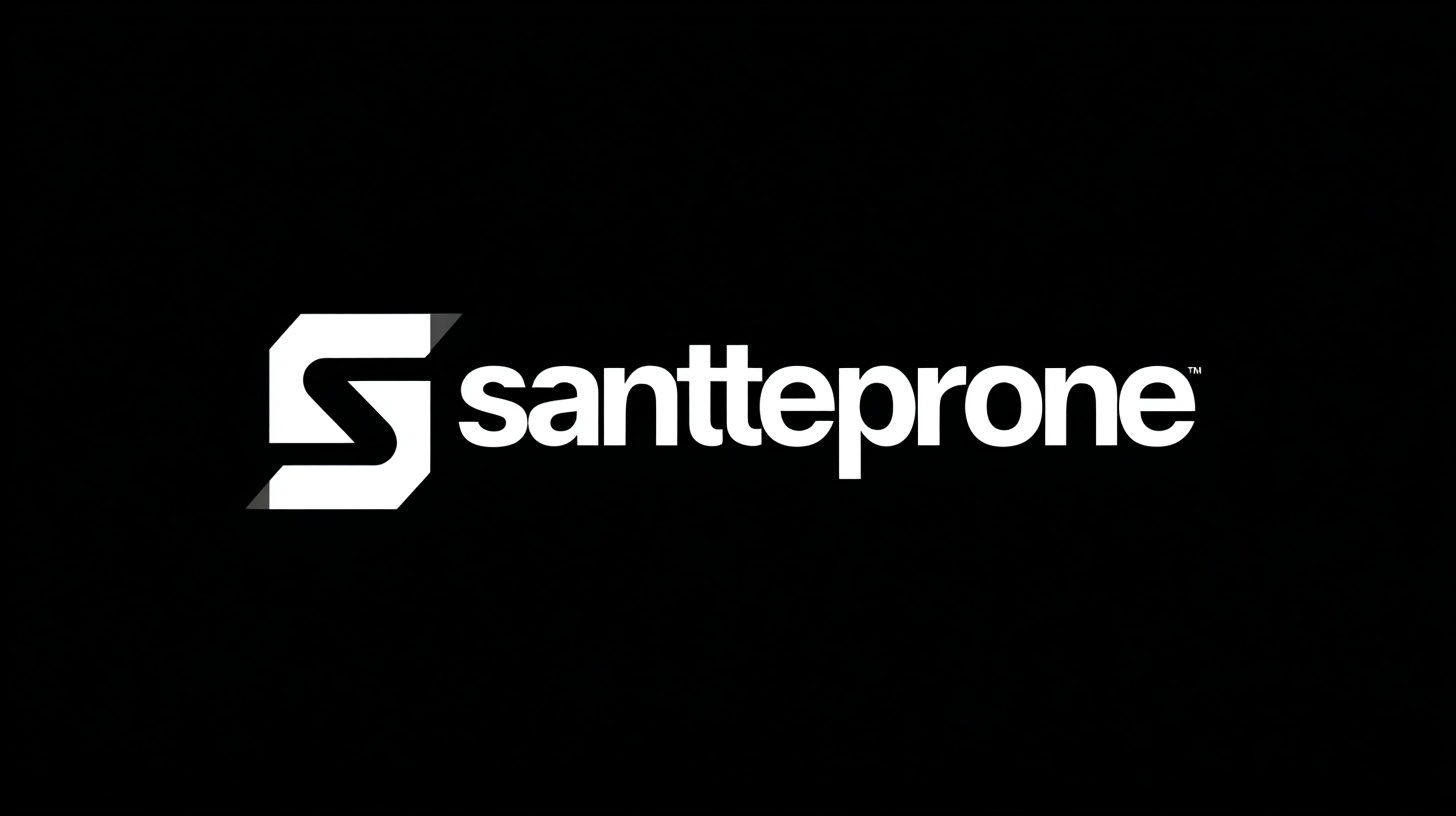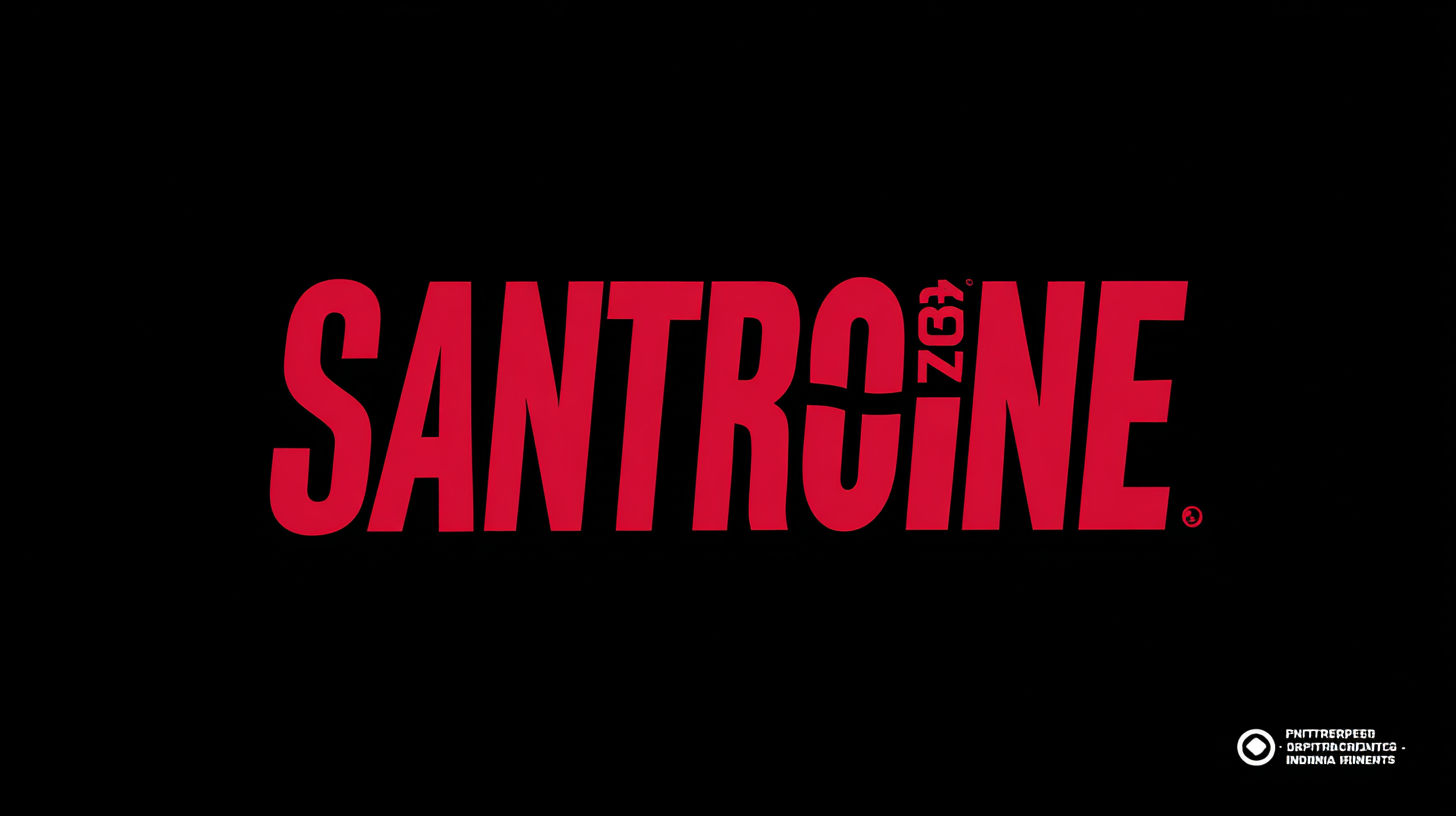Exploring the Versatility and Applications of Best Santoprene Rubber in Diverse Industries
In recent years, Santoprene Rubber has emerged as a crucial player in various industries due to its remarkable versatility and performance characteristics. According to a report by Transparency Market Research, the global demand for thermoplastic elastomers, including Santoprene Rubber, is projected to reach USD 30 billion by 2025, growing at a CAGR of over 6.5% from 2018 to 2025. This growth is driven by the material's unique properties, such as excellent weather resistance, durability, and chemical stability, making it ideal for applications in automotive, medical, and consumer products sectors.

The adaptability of Santoprene Rubber allows for innovative solutions that meet the stringent requirements of modern manufacturing processes, establishing it as a preferred choice for engineers and designers pursuing both performance and sustainability. As industries continue to evolve, understanding the applications and benefits of Santoprene Rubber will be essential for leveraging its full potential across diverse markets.
Key Properties and Technical Specifications of Santoprene Rubber
Santoprene rubber, a thermoplastic elastomer, exhibits remarkable versatility and a wide range of applications across various industries, principally due to its excellent durability, flexibility, and resistance to extreme temperatures and harsh chemicals. Its key properties include high tensile strength, elongation at break, and superior tear resistance, making it an ideal material for automotive components, consumer products, and industrial seals. According to recent data, the global thermoplastic elastomers market, which includes Santoprene, was valued at approximately $19.5 billion in 2022 and is projected to reach over $36 billion by 2029, highlighting the growing demand for such versatile materials.
In the automotive sector, Santoprene rubber plays a crucial role in enhancing performance and safety. For instance, it is used in window seals, weather strips, and vibration dampers. Recent advancements in automotive technology, such as the new electric vehicle platforms, require materials that can withstand varying operational demands while maintaining quality and performance. Additionally, the increasing focus on sustainable manufacturing processes has led to an upsurge in the use of Santoprene due to its recyclability and lower environmental impact compared to traditional elastomers. The versatility of Santoprene rubber and its robust technical specifications ensure its continued relevance in an evolving industrial landscape.
Diverse Industrial Applications of Santoprene Rubber
Santoprene rubber, a thermoplastic elastomer, has gained traction across numerous industries due to its unique combination of properties, including excellent flexibility, durability, and chemical resistance. This versatility positions Santoprene as a preferred material in automotive seals, medical devices, and consumer products. According to industry reports, the global thermoplastic elastomers market is expected to reach approximately $30 billion by 2026, indicating a significant demand boost for high-performance materials like Santoprene.
In recent news, expansions in specialty elastomers production highlight the growing importance of advanced materials in industrial applications. For instance, increases in capacity at certain plants aim to meet rising customer needs for durable and sustainable solutions. Moreover, developments like incorporating recycled content into thermoplastic vulcanizates (TPV) showcase the industry's shift towards sustainability without compromising performance.
Tip: When selecting Santoprene for your applications, consider its Shore A hardness rating to ensure the right balance between flexibility and rigidity for specific uses. Additionally, keep an eye on new formulations which might enhance sustainability while maintaining the necessary durability.
A Guide to Selecting the Right Type of Santoprene for Your Needs
When selecting the right type of Santoprene rubber for your specific applications, it is crucial to consider the unique properties that different grades offer. Santoprene is renowned for its excellent UV resistance, durability, and flexibility, making it ideal for diverse industries such as automotive, medical, and construction. According to the "Global Santoprene Market Research Report" published by Market Research Future, the demand for Santoprene is projected to grow at a CAGR of 5.2% from 2021 to 2026, driven by its versatility and reliability across various applications.
The key to selecting the right type lies in understanding the specific requirements of your project. For instance, if abrasion resistance and tensile strength are paramount for your application, a grade with enhanced mechanical properties would be suitable. Alternatively, for medical applications that require compliance with stringent regulatory standards, opting for a grade that meets FDA and ISO requirements is essential. The right Santoprene grade can improve product performance and lifespan, ultimately leading to cost savings and increased efficiency in production processes.
Versatility of Santoprene Rubber in Various Industries
This chart represents the application frequency of Santoprene rubber across different industries. Automotive sector leads with 35%, showcasing its versatility and effectiveness in diverse applications.
Comparative Analysis: Santoprene vs. Other Thermoplastic Elastomers
 Santoprene rubber, a popular thermoplastic elastomer, is often compared to other materials like polypropylene and polyurethane to highlight its unique advantages. One of the main reasons for its widespread use across various industries is its exceptional balance of elasticity and durability. Unlike traditional rubber, Santoprene offers greater resistance to chemicals, aging, and UV exposure, making it an ideal choice for outdoor applications as well as in automotive and industrial settings.
Santoprene rubber, a popular thermoplastic elastomer, is often compared to other materials like polypropylene and polyurethane to highlight its unique advantages. One of the main reasons for its widespread use across various industries is its exceptional balance of elasticity and durability. Unlike traditional rubber, Santoprene offers greater resistance to chemicals, aging, and UV exposure, making it an ideal choice for outdoor applications as well as in automotive and industrial settings.
When comparing Santoprene to other thermoplastic elastomers, its processing flexibility stands out. While materials like TPU can provide higher abrasion resistance, Santoprene's ability to be molded or extruded at lower temperatures allows for easier manufacturing processes. Furthermore, its excellent noise and vibration dampening properties enhance its suitability for applications in consumer goods and machinery. This versatility makes Santoprene a favored option for manufacturers who prioritize both performance and ease of use in their products.
Best Practices for Processing and Handling Santoprene Rubber
 Santoprene rubber has solidified its position in diverse industries over the past four decades, accounting for approximately 45 percent of the global thermoplastic vulcanizate (TPV) market. Its growth can be attributed to its remarkable versatility, which allows it to be utilized in everything from automotive components to consumer goods. As industries continue to seek materials that combine durability, flexibility, and eco-friendliness, the demand for Santoprene is likely to expand further.
Santoprene rubber has solidified its position in diverse industries over the past four decades, accounting for approximately 45 percent of the global thermoplastic vulcanizate (TPV) market. Its growth can be attributed to its remarkable versatility, which allows it to be utilized in everything from automotive components to consumer goods. As industries continue to seek materials that combine durability, flexibility, and eco-friendliness, the demand for Santoprene is likely to expand further.
Best practices for processing and handling Santoprene rubber are crucial to maximizing its performance and longevity. Professionals in the field emphasize the importance of precise temperature control during processing, typically between 200°C to 230°C, to prevent degradation and maintain material properties. Additionally, when molding or extruding Santoprene, using the appropriate type of mold release agent can enhance surface finish and prevent sticking. Proper storage conditions, including avoiding exposure to direct sunlight and humidity, are also essential to preserve the integrity of Santoprene products. By adhering to these best practices, industries can ensure they are leveraging the full potential of this versatile material.

